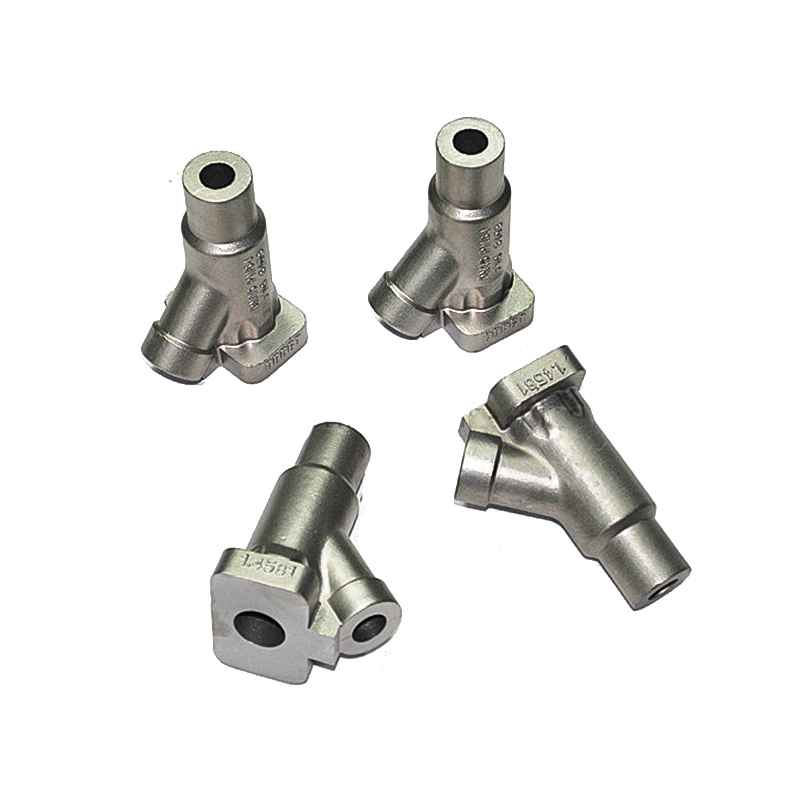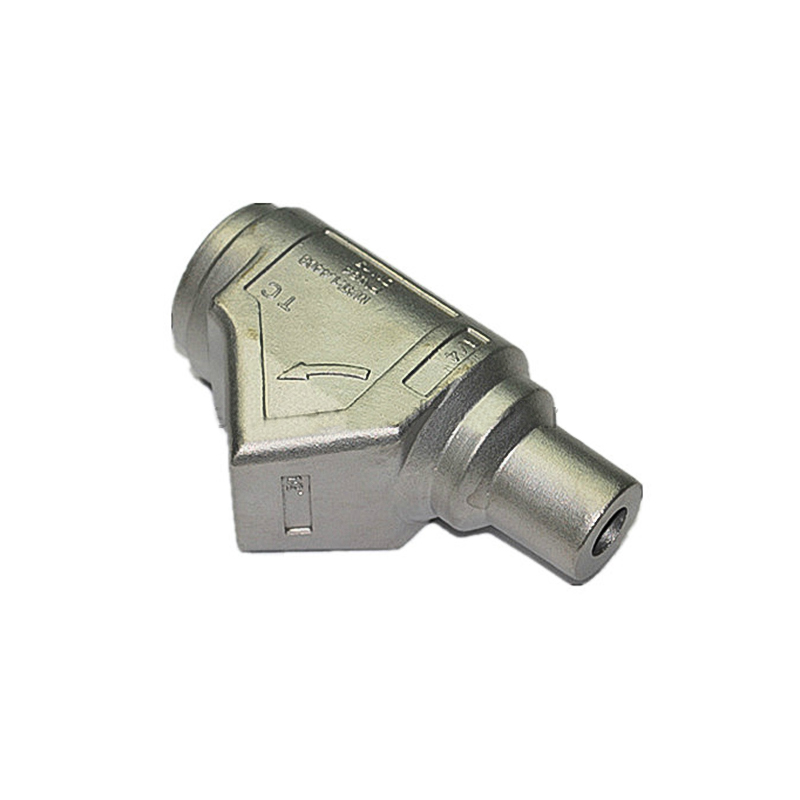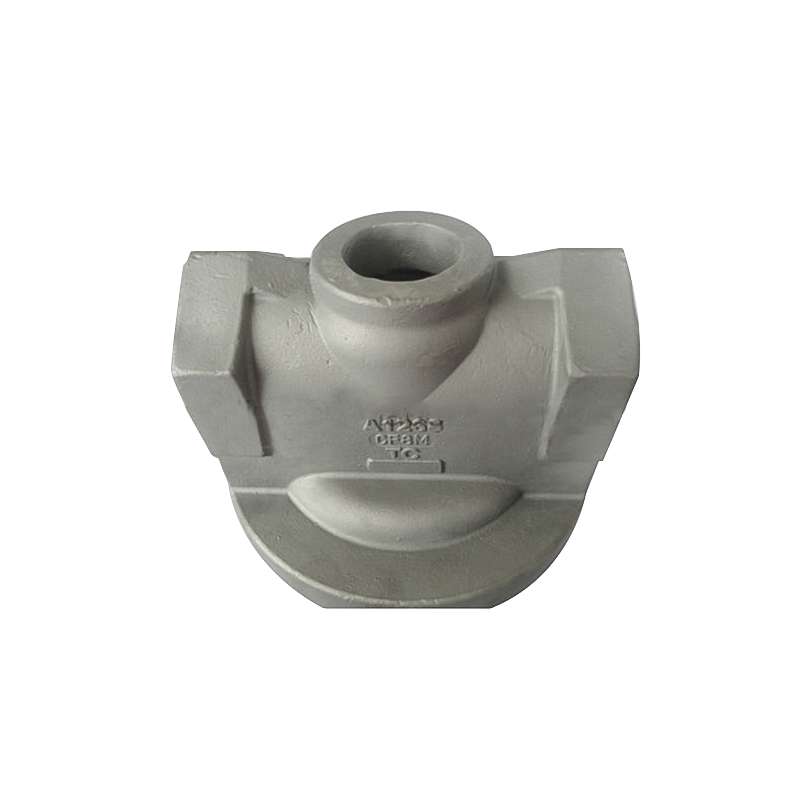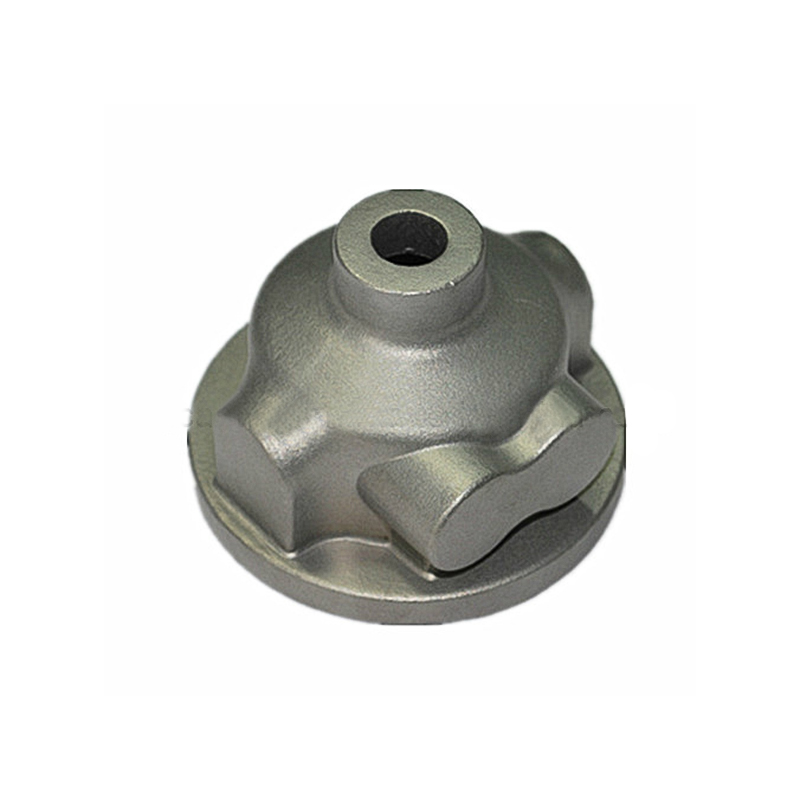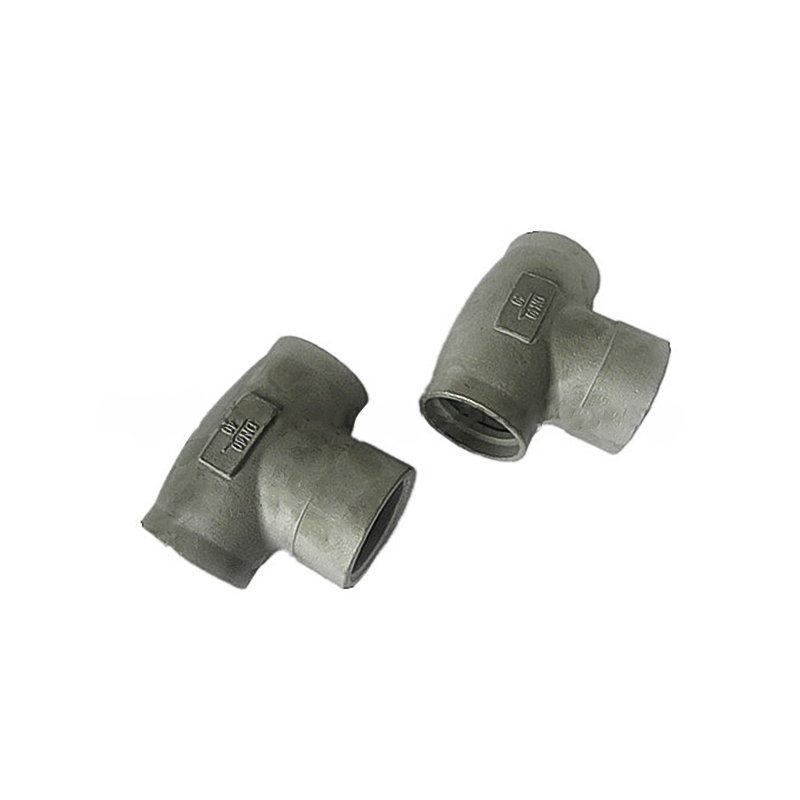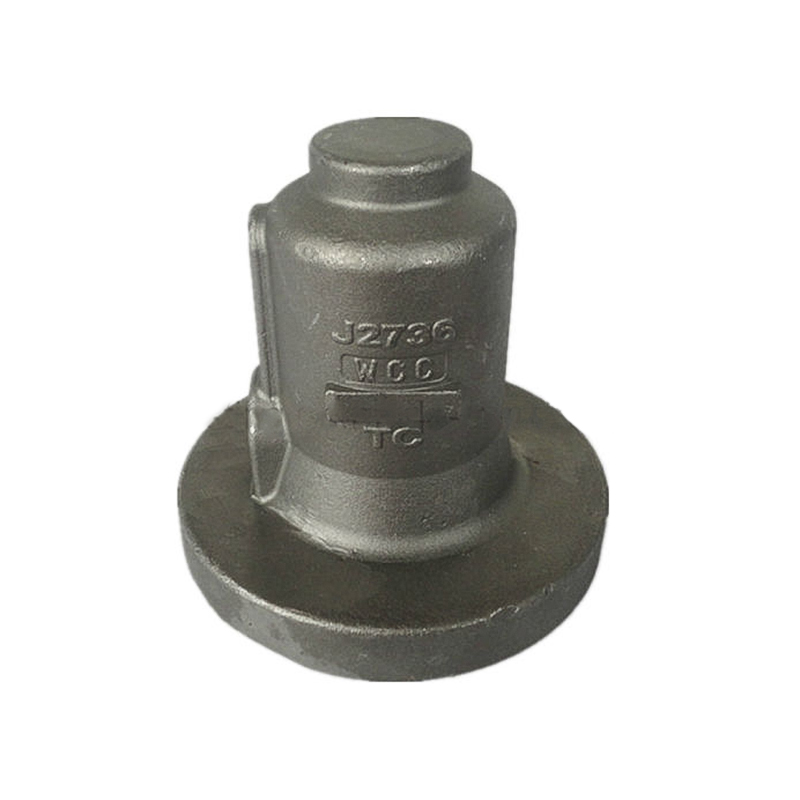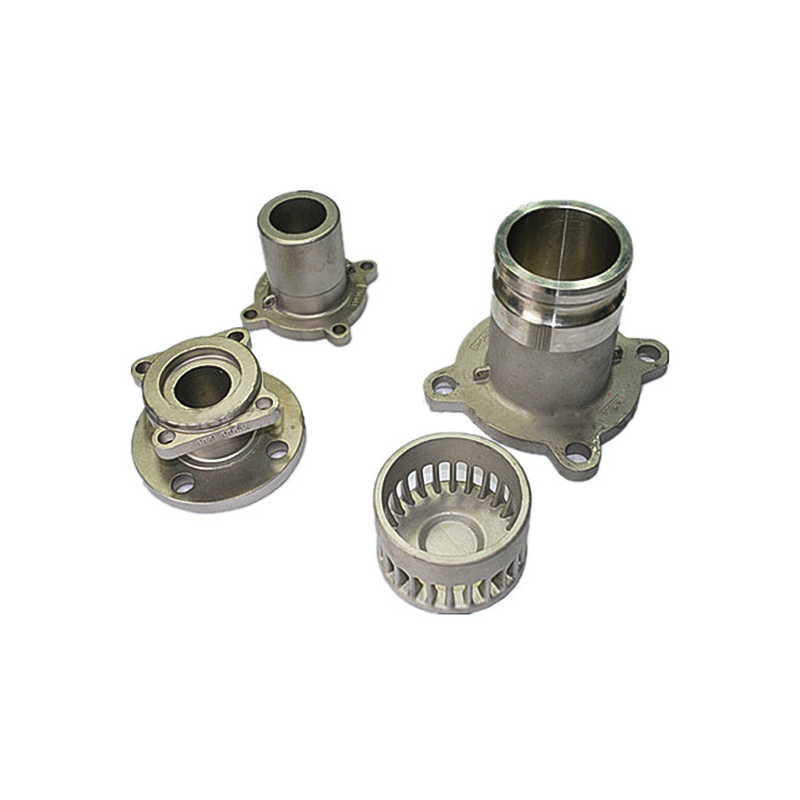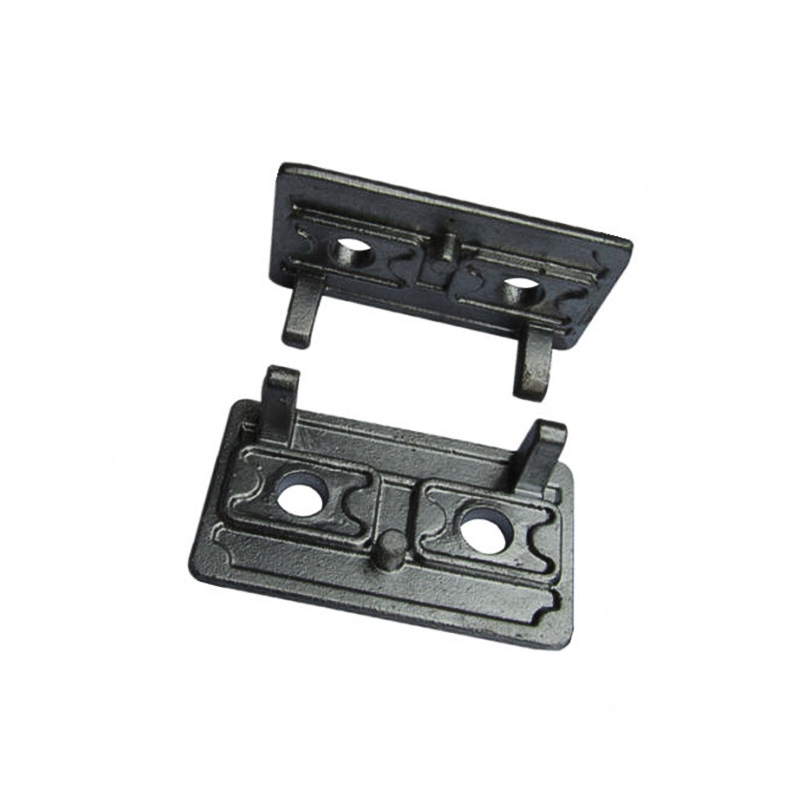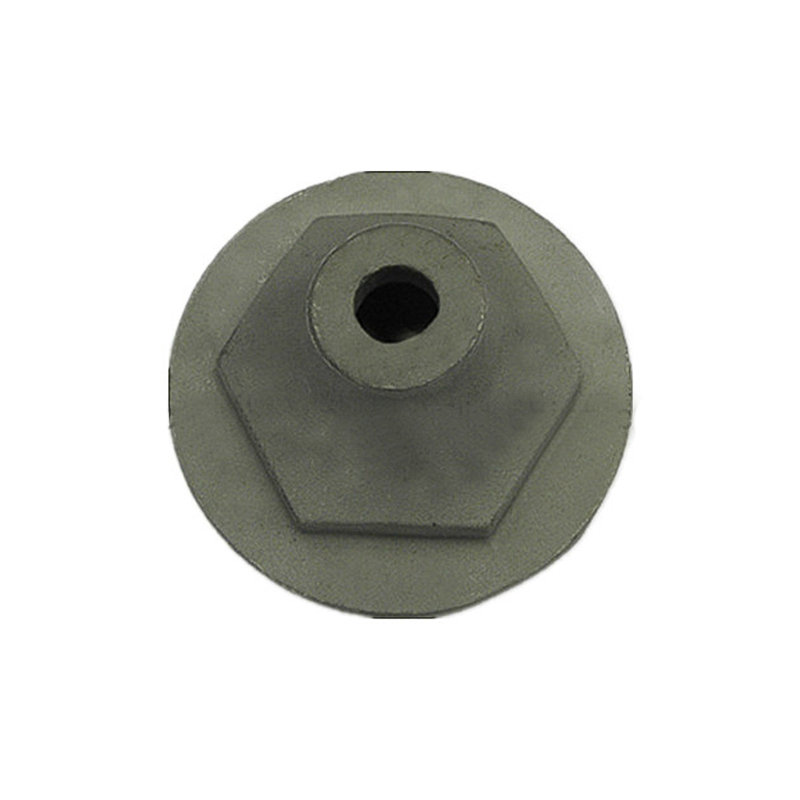Precision manufacturing: How do modern railway parts improve train efficiency?
With the rapid growth of global transportation demand, railway transportation has gradually become an important mode of transportation in modern society. Especially in the field of high-speed railways and intercity railways, how to ensure the stable and safe operation of trains at high speeds and high loads has become an important issue that needs to be urgently solved by the railway industry in various countries. One of the keys to this problem is the precision manufacturing of railway parts. Precision manufacturing not only improves the accuracy, reliability and durability of parts, but also enables trains to always maintain efficient and safe operation under high-speed and high-load conditions through advanced production processes and technologies.
The key role of precision manufacturing in railway parts
Railway parts are the basis of train operation. Precise component design and manufacturing directly determine the operating efficiency and safety of trains. In modern railway transportation, especially in high-speed railways and heavy-load transportation, precision manufacturing is crucial to ensure the stability and safety of train performance. Precision manufacturing improves the accuracy and reliability of components, reduces friction and wear, avoids safety accidents caused by component failures, and can also optimize energy efficiency and reduce operating costs.
To truly apply precision manufacturing technology to railway parts and give full play to its advantages, it is also necessary to combine the specific component characteristics and production processes to design the most sophisticated processing plan. This process involves many aspects, from the optimization of the wheel-track contact surface to the precision processing of the bogie system, to the high-precision design of the braking system, each technological advancement directly affects the operating efficiency and safety of the train.
Application cases of precision manufacturing in railway parts
High-precision wheel-track contact surface
In railway transportation, the coordination of wheels and tracks is the core factor affecting the stability of trains. Especially in high-speed railway systems, the contact between wheels and tracks must reach extremely high precision. Any slight deviation may cause vibration, noise or even failure of the train. All of this needs to be solved by precision manufacturing.
Application case: The wheels of modern high-speed railways are usually processed by CNC machine tools and laser scanning technology, so that the wheel-track contact surface reaches very high precision. Through precision processing, the contact surface between the wheel and the track is smooth and flat, and the friction is minimized. This fine processing can not only reduce the energy consumption of the train, but also reduce vibration and noise, making the train run more smoothly. The contact surface design between the wheel and the track also achieves a low friction coefficient through precision manufacturing technology, which effectively reduces wear, extends the service life of components, and ensures the stable operation of the train.
The wheel surface is hardened and the wear-resistant coating is optimized, which further improves its corrosion resistance and wear resistance, adapts to the high temperature and high-intensity friction brought by high-speed driving, and ensures the efficient operation of the train.
Precision manufacturing of bogie system
As the chassis of the train, the bogie carries the weight of the train and ensures the smooth operation of the train on the track. The accuracy and reliability of the bogie directly affect the stability, comfort and safety of the train. Especially in high-speed trains, any inaccurate bogie system will cause the train to deviate or excessively wear, seriously affecting the performance of the train.
Application case: In the manufacturing of bogies for modern high-speed railways, precision casting and high-strength steel are used, and laser measurement technology is used to accurately adjust the key components of each bogie. Through CNC machining technology, the components of the bogie are finely adjusted to ensure that the fit of each component is tighter and more precise, so that the bogie can maintain stable track contact during high-speed operation and avoid severe vibration or instability caused by bogie imbalance.
Precision manufacturing is not limited to mechanical processing, but also includes material selection and processing. For example, the key components of the bogie are made of more solid alloy materials, and the strength and corrosion resistance of the components are improved through advanced heat treatment processes, thereby extending the service life of the bogie and improving its reliability.
High-precision design and manufacturing of braking system
The braking system of the train is crucial to the safety of the train, especially in the application of high-speed trains. The precise braking effect and fast response speed determine whether the train can stop in time in an emergency to avoid accidents. The traditional braking system may cause a decrease in braking efficiency due to problems such as uneven wear of the friction plate and failure of system adjustment. Precision manufacturing can effectively solve these problems by improving the processing accuracy and fit of each component.
Application case: In the design of high-speed railway braking system, high-precision laser cutting technology is used to precisely process brake discs and brake pads, making the friction contact surface between the brake discs and brake pads flatter and smoother, thereby improving the efficiency of the braking system. Through precision manufacturing, the hydraulic system and electronic control system have also been optimized, which can respond quickly under different operating environments and adjust the braking force in real time.
For example, the application of ceramic composite materials has greatly improved the wear resistance and thermal stability of brake pads, avoiding the phenomenon of thermal decay at high temperatures. Through precision manufacturing, the response speed of the braking system has been greatly improved, which can ensure that the train can stop quickly and smoothly during high-speed driving, ensuring the safe operation of the train.
Combination of intelligent monitoring system and precision manufacturing
With the development of intelligent technology, more and more railway parts have begun to combine intelligent sensors and Internet of Things technology to realize real-time monitoring of train operation status. These intelligent monitoring systems play an important role in ensuring train safety and improving operational efficiency, and the efficient operation of these systems is inseparable from the precise manufacturing of components.
Application case: For example, the intelligent bearings and intelligent sensors used in modern railways use precision manufacturing technology to ensure their stability and reliability under high-speed operation. These sensors can monitor various data such as temperature, pressure, vibration, etc. during train operation in real time, and transmit the data to the ground control center through wireless networks for real-time analysis and fault warning. Precision manufacturing ensures the high accuracy and high stability of these intelligent components, which significantly improves the intelligence level of the railway transportation system.



 English
English Deutsch
Deutsch 简体中文
简体中文
